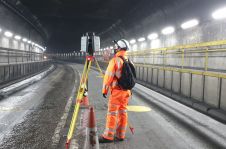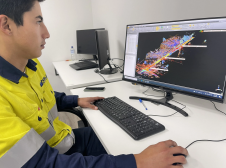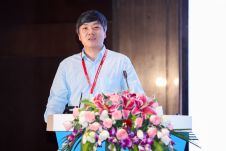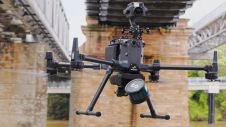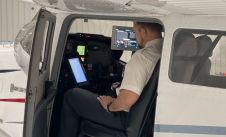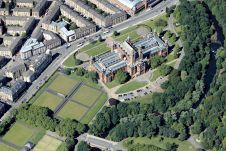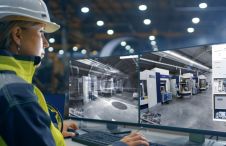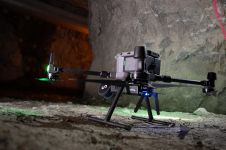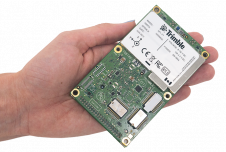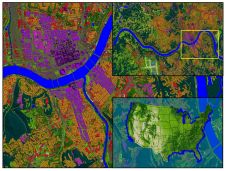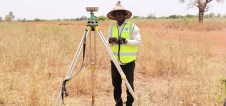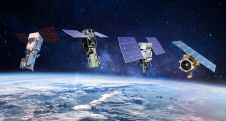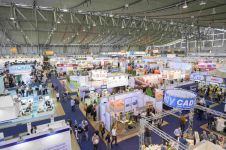城堡的3D建模
详细信息和照片现实主义整合技术
遗产建筑的三维文档对于保护,恢复和教育来说是重要的。当涉及城堡等复杂的架构结构时,没有单一的建模技术能够产生成本效益,高度详细和准确的照片现实主义。作者展示了多种技术的集成如何带来分辨率。
城堡是独特而令人着迷的复杂建筑结构,其风格已经发展到几个世纪。三维建模旨在捕获外部和内部的所有几何细节,以及具有高分辨率三角网格的这些特征,用于准确文档和光处理可视化。建模复杂和大规模架构需要多种技术的集成,包括地面和空中摄影测量,激光扫描,调查和GPS。
一般程序
The initial step is to use the floor plans that exist for most castles to create a low-accuracy model with approximate heights. From this model the shape of the complex architecture can be studied and areas requiring more accurate modelling defined. The latter allows for determining the techniques best suited to particular areas: ground-based images, aerial images or laser scans; decisive parameters are location, size, surface, shape, texture and required level of detail. To scale the models and assess final accuracy, control points have to be strategically placed and surveyed using a total-station. Control points can also help to register all models in the same reference system when overlap is not sufficient. On some survey stations GPS data should be recorded to place the model within a global coordinate system, which might be necessary for integrating the model with a digital terrain model (DTM).
技术
图像来自一架低空飞行的直升机是公关eferred for the modelling of exteriors, walls, courtyards, roofs and main grounds. The resulting models substitute most of the floor-plan model, correct heights and add details. For these parts, and indoor areas not visible from the helicopter, or for which a high degree of geometrical detail is required, ground-based, pre-calibrated, high-resolution digital cameras or laser scanners should be used. Both measurement systems have advantages and disadvantages. Images can be taken faster and cameras manoeuvred more easily than slower, bulkier laser-scanners. Images also capture both geometry and texture. Generally the choice depends on surface complexity, texture and conditions of space. When space limitations mean images cannot be taken with good configuration and overlap, laser scanning is generally preferred; this provides direct 3D data. Both triangulation and time-of-flight systems can be used; the former work at short distance and with very high accuracy, while time-of-flight systems work at longer distances (e.g. 300–1,000m) at the cost of reduced accuracy. A disadvantage of most laser-scanners is the lack of high-quality texture information, which is usually acquired with a separate digital camera.
Single Images
除了一些具有复杂几何体的房间内部,我们通常使用基于地面的数码相机。不幸的是,由于狭窄空间或庭院中的空间限制,往往难以实现良好的网络配置(对深度或B / D比和图像分布的良好广度或B / D比和图像分布)。当闭塞是主要的障碍时,可以使用已经开发了一种特殊方法的几何约束来获得从单个图像获得的信息。采用密集,多图像匹配来捕获低浮雕或室内装饰的小细节。即使在纹理表面上,最近的发展也使得高分辨率3D结果实现了。这些新技术与活动传感器非常相似,但使用廉价的数码相机,并在短时间内捕获图像。
Model Integration
The key and final step is model integration; all models should be brought into the same reference system by using control or common points and redundant data in overlaps. Registration with a DTM can be done through GPS data. Figure 8 shows the 3D model of an internal loggia. The ceiling, computed using a laser-scanner and textured with high-resolution imagery, has been integrated with the walls and columns reconstructed by image-based modelling. In Figure 9 the 3D model of a castle, captured by laser-scan and aerial and terrestrial imagery, is integrated with the DTM extracted from two aerial images.
结束言论
迫切希望增加自动化的方法of the modelling steps and develop smart and efficient techniques for seamlessly combining models, removing overlaps and filling gaps to create one efficient model suitable for documentation and interactive visualisation.
致谢
谢谢,是L.Gonzo,S. Girardi和B.Kessler Foundation,Trento,意大利和E. Whiting的MIT,USA。
Further Reading
- El-Hakim, S.F., Gonzo, L., Girardi, S. Picard, M., Whiting, E., 2004; Photo-realistic 3D Reconstruction of Castles with Multiple-source Image-based Techniques, XXth ISPRS Congress, Istanbul, Turkey, 34(5), pp 120–125.
- El-Hakim, S.F., Beraldin, Picard, M., Godin, G., 2004; Detailed 3D Reconstruction of Large-scale Heritage Sites with Integrated Techniques, IEEE Computer Graphics & Applications, 23(3), pp 21–29.
- Kersten, T., Pardo, C.A., Lindstaedt, M., 2004; 3D Acquisition Modelling and Visualisation of North German Castles by Digital Architectural Photogrammetry, XXth ISPRS Congress, Istanbul, Turkey, 34(5), pp 126–131.
- Remondino, F., Zhang, L., 2006; Surface Reconstruction Algorithms for Detailed Close-range Object Modelling. IAPRS&SIS, 36(3), pp 117–121, Bonn, Germany.
- El-Hakim, S., Gonzo, L., Voltolini, F., Girardi, S., Rizzi, A., Remondino, F., Whiting, E., 2007; Detailed 3D Modelling of Castles. International Journal of Architectural Computing , 5(2), pp 199–220.
让你的收件箱更有趣。Add some geo.
Keep abreast of news, developments and technological advancement in the geomatics industry.
免费注册
